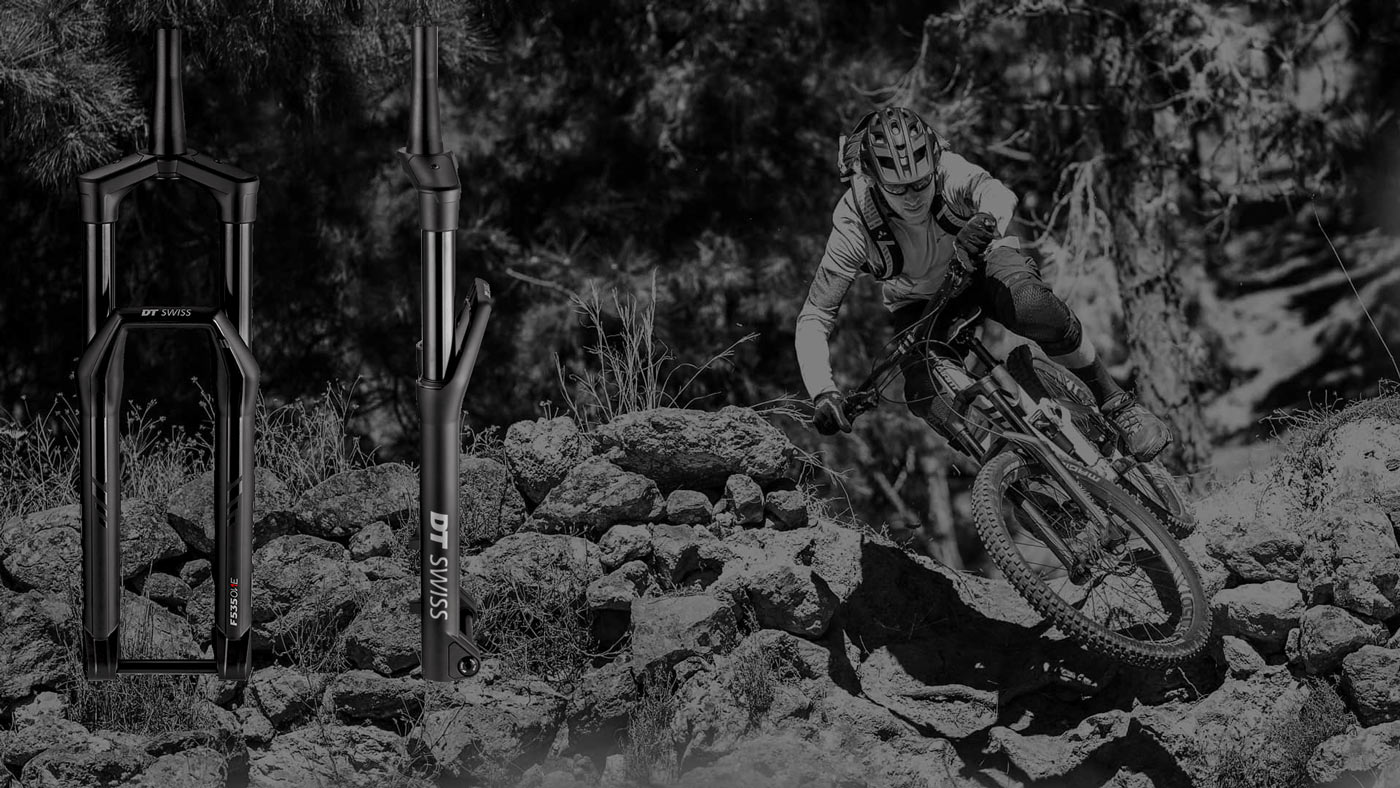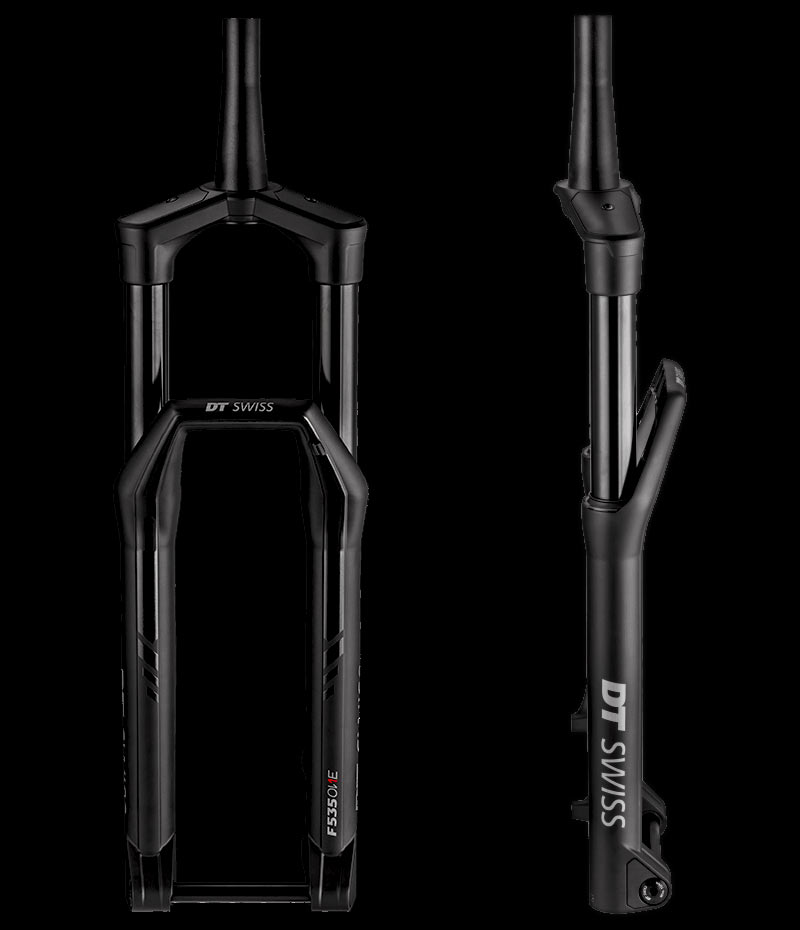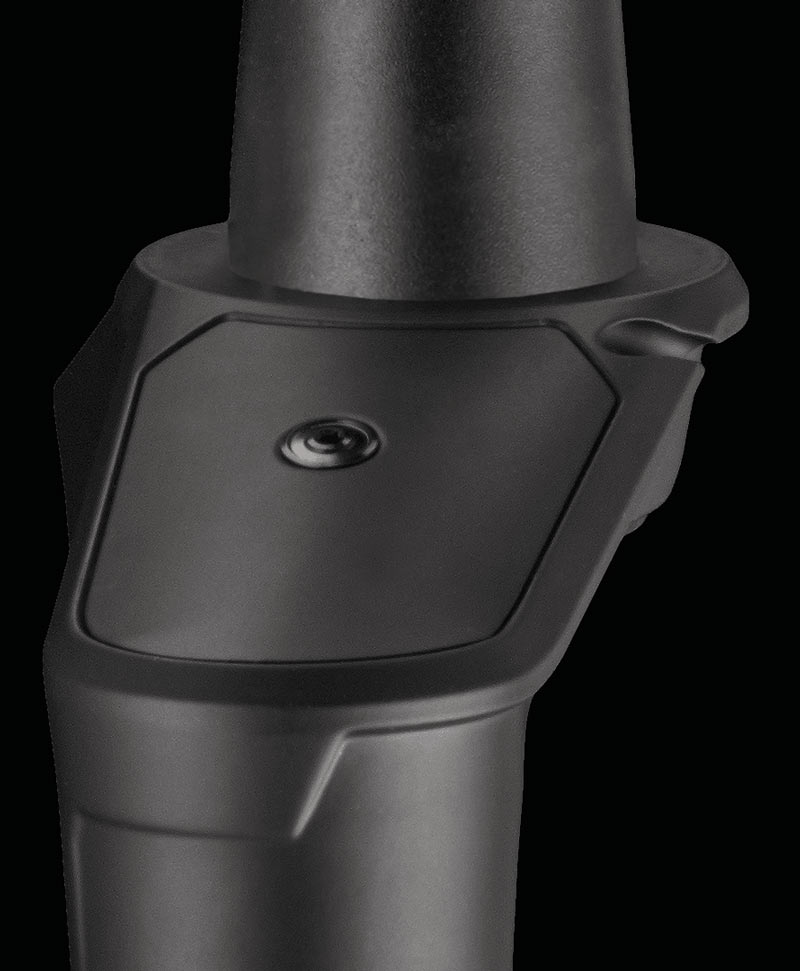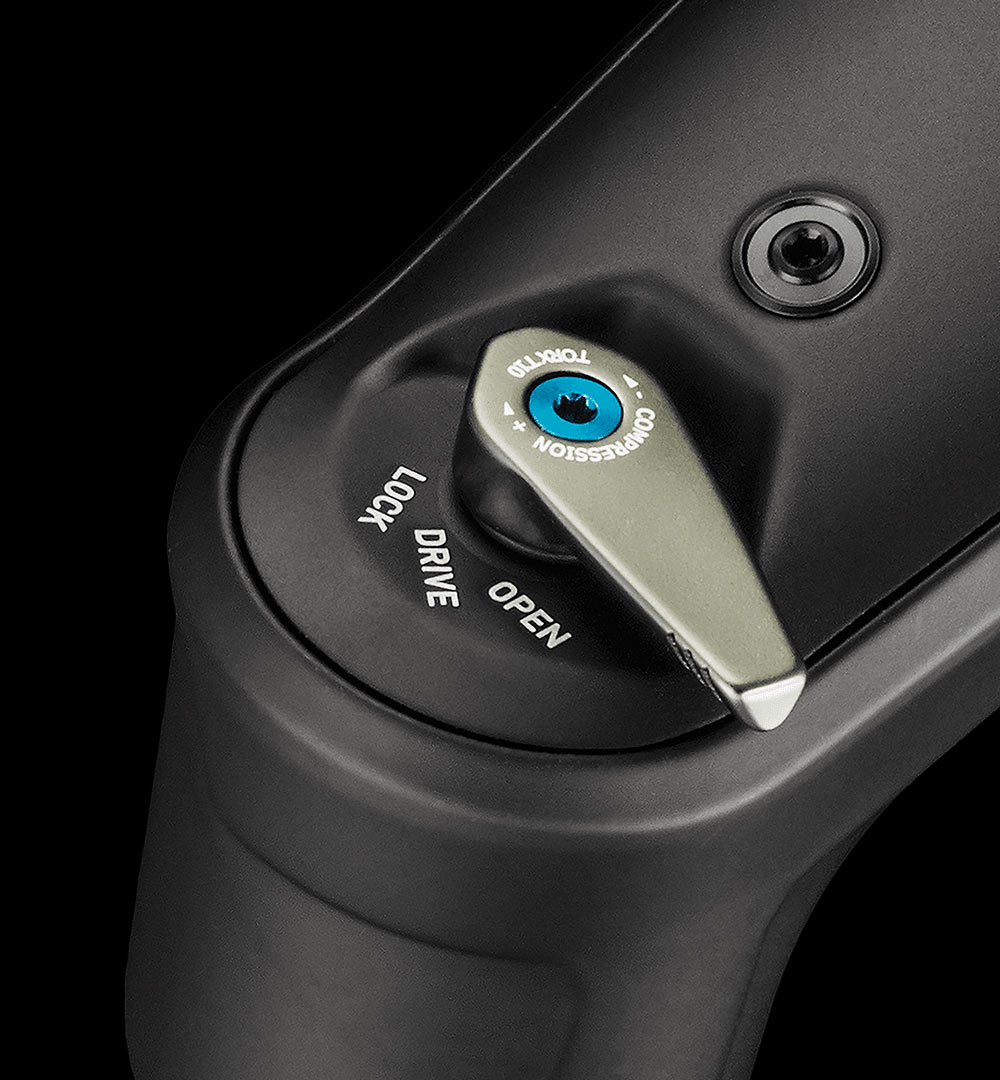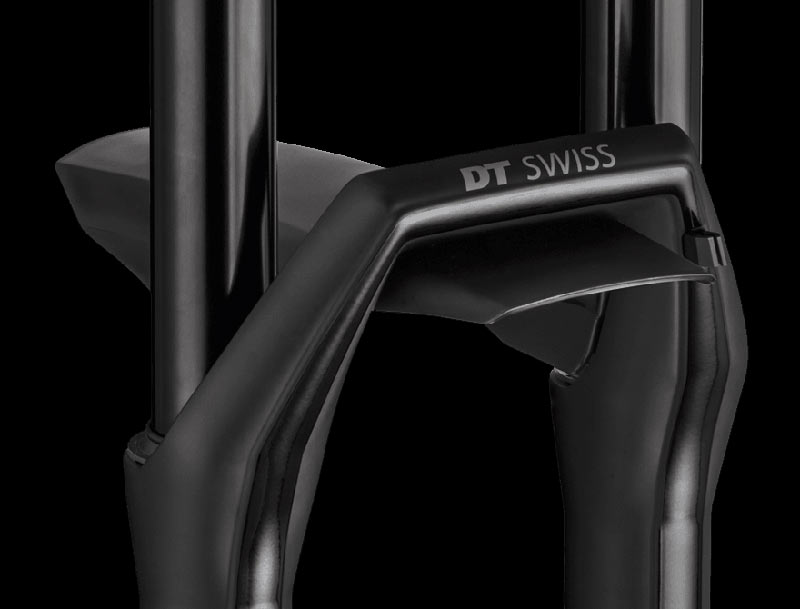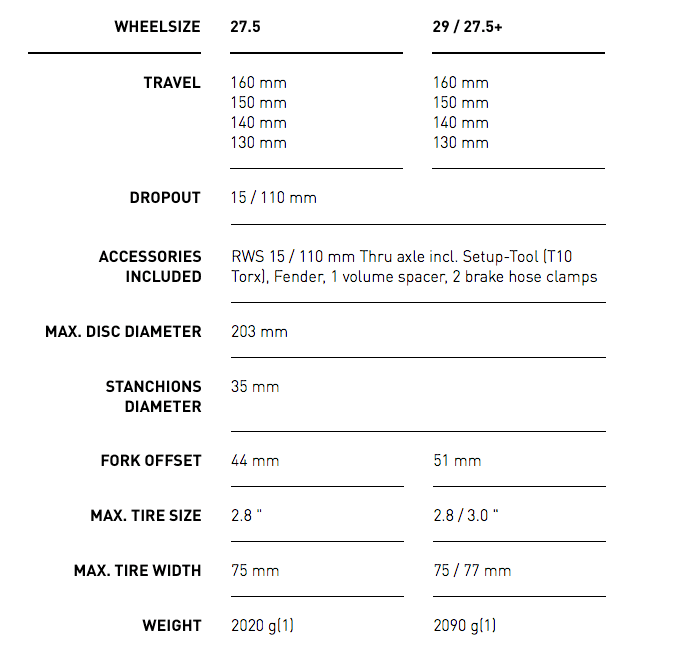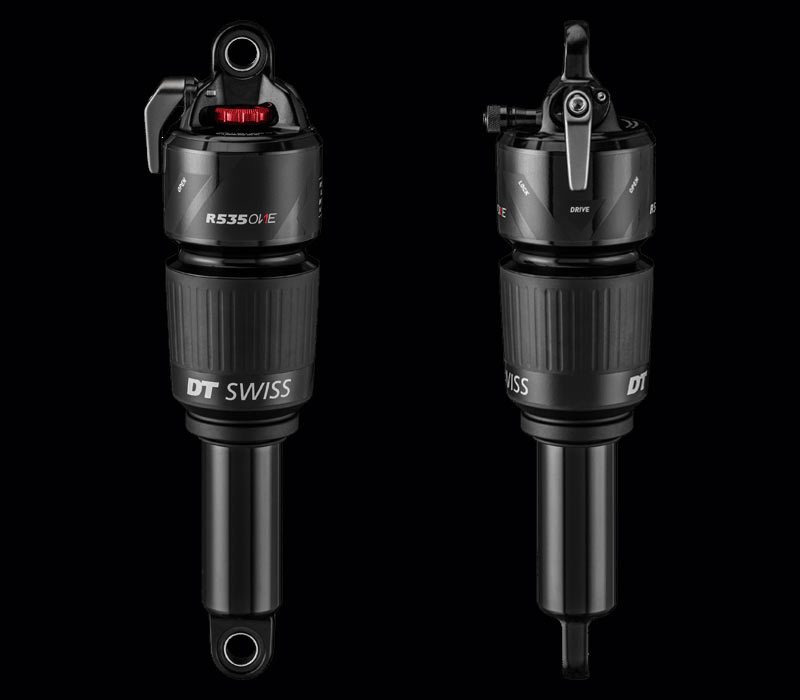Quick: What’s the holy grail for mountain bike suspension? If you said supple small bump absorption with simultaneous platform-like support and big hit management, you win. The problem with such things is that getting one usually comes at the expense of another. Things have gotten pretty good, with volume spacers (including dynamic ones like those from Formula and MRP) and speed-sensitive damping working a lot of magic. But DT Swiss wanted more, and now they’re showing off a new fork and shock pair with what they’re calling “Holistic Suspension” technology.
The other challenge is to make the suspension work equally well across a range of disciplines and riding styles. If you lump XC, trail and enduro riding into the “All Mountain” category (which, you know, is kinda like what we used to just call “mountain biking”), then you can design around all of those uses. Which is what DT Swiss has done here, but with travel and tuning options tailored to the narrower classifications.
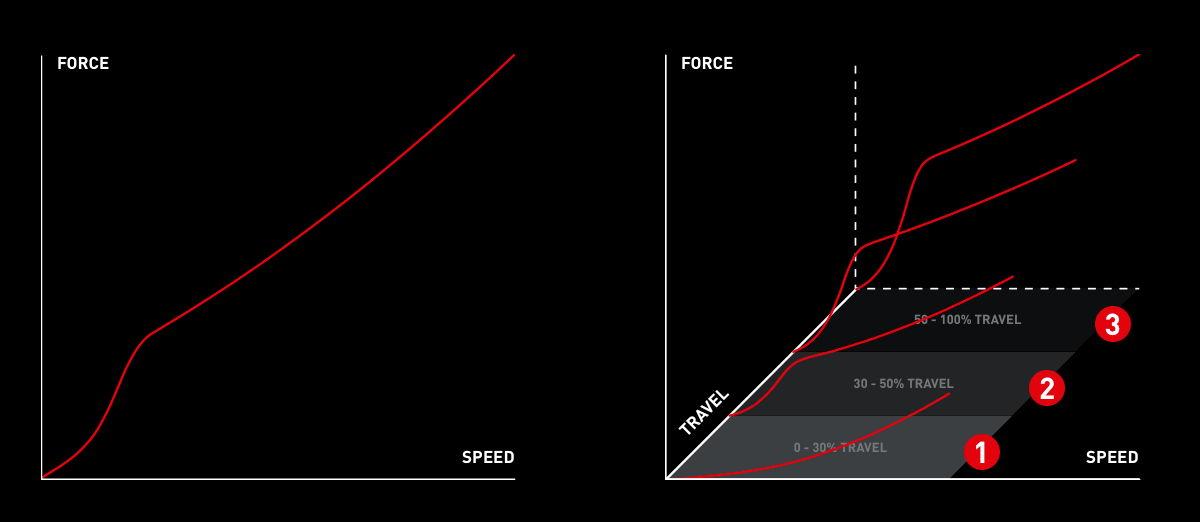
It does this by combining a new damping system called PlushPort with a combination air- and coil- positive spring. For the first 30mm of travel, the coil spring soaks up the bumps as only a coil can. There’s no breakaway force required and no stiction, so it can react immediately and fully to all small bumps. Once you’ve maxed that out, the air spring kicks in to offer the progressive spring rate that prevents a harsh bottom out.
On the damping side, the PlushPort uses a floating needle (piston) to keep a low-speed compression port open for more oil flow (softer fork, less damping). Once you hit something bigger, the increased impact size pushes the needle over part of the PlushPort, reducing flow rate to increase damping. It’s doing this about 1/3 of the way through the travel, hence the “position specific” tuning aspect. In the last half of the travel, that needle is pushed in front of the PlushPort completely, closing it off and forcing all of the oil through the high-speed circuit.
They say it has an oversized positive and negative air chamber, which allows for a more linear stroke. Air volume spacers are included and can be used to tweak the progression curve for the last third of travel. Cover plates hide the air valve and provide a smooth, clean appearance.
Their RWS thru axle has a removable lever that includes the bit needed to install or remove the axle, and has an included Torx bit to adjust the low speed compression setting:
Within that system, you still have external control over the when, where and how it works. A tooled compression adjustment gives you fine tuning over low speed compression damping. The lever has the usual three primary low speed settings giving you a locked, pedalably firm and fully open setting.
A removable fender integrates into the design with hidden mounting bolts. It’s a flexible plastic, and thanks to the integrated shaping does not reduce tire clearance.
The fork will come in Boost 27.5 and 29er/27.5+ versions, specs shown above.
To match the performance more closely on the rear of the bike, the new R 535 One rear shock also gets large volume positive and negative air chambers, but with the standard three position compression adjustments and low speed rebound knob. Average claimed weights are 261g as shown and 291g with remote lever. Look for 14 different stroke/length options between the standard and trunnion mount versions.
If all that sounds like a lot to figure out, don’t fret. They’re working on a smartphone app that’ll help you configure your settings based on the travel, riding style and terrain. Look for that later this year.
